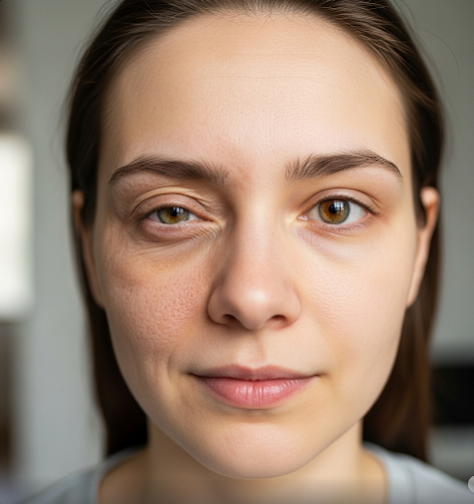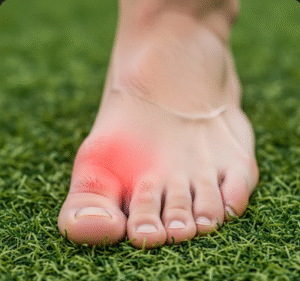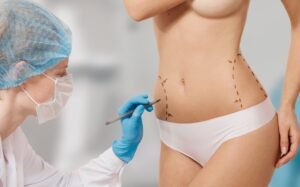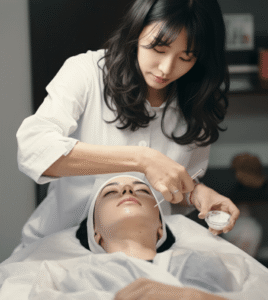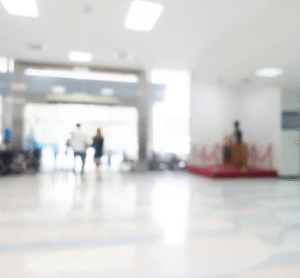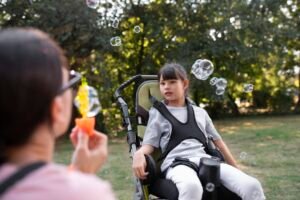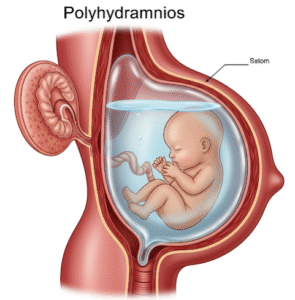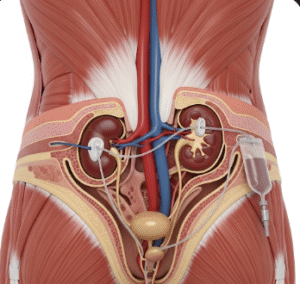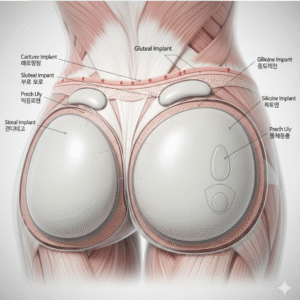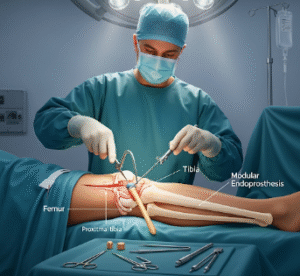Overview
Parry-Romberg Syndrome (PRS), also known as progressive hemifacial atrophy, is a rare, degenerative disorder characterized by the slow and progressive deterioration (atrophy) of the skin and soft tissues on one side of the face. It typically begins in childhood or adolescence and may stabilize after several years. While the condition is usually not life-threatening, it can cause significant cosmetic and functional issues, as well as neurological complications.
South Korea provides advanced diagnostic imaging and multidisciplinary care—particularly in dermatology, neurology, and reconstructive surgery—for PRS patients.
What is Parry-Romberg Syndrome?
Parry-Romberg Syndrome is a neurocutaneous condition marked by the shrinking or wasting away of tissues beneath the skin, usually on one side of the face (hemifacial atrophy). This may include the skin, fat, muscle, and sometimes even bone. In some cases, the eye and hair on the affected side may also be impacted.
Although the exact cause remains unclear, it is believed to involve immune, neurological, and genetic factors. The condition is progressive for several years and then often enters a stable phase.
Symptoms
Symptoms vary in severity and may include:
- Gradual atrophy of skin and soft tissue on one side of the face
- Sunken cheek or temple
- Facial asymmetry
- Skin discoloration or thinning
- Recession of the gums and dental issues
- Loss of hair (alopecia) on the affected side
- In some cases, seizures or migraines
- Sensory disturbances or numbness
- Vision changes if the eye is affected
The progression usually occurs over 2–10 years before stabilizing.
Causes
The exact cause of Parry-Romberg Syndrome is unknown, but theories suggest:
- Autoimmune mechanisms—the body attacks its own tissues
- Neurological involvement—particularly of the trigeminal nerve
- Genetic predisposition (although rare)
- Trauma or injury preceding onset in some patients
- Infections (e.g., viral) as possible triggers
It’s classified as an idiopathic condition due to the unclear etiology.
Risk Factors
Though rare, some factors may increase the likelihood of developing PRS:
- Female gender (slightly more common in females)
- Early onset—typically begins before age 20
- Family history of autoimmune or connective tissue disorders
- History of head trauma or surgery
- Coexisting autoimmune disorders, such as scleroderma or lupus
PRS is not contagious and is not directly inherited.
Complications
Depending on severity and affected structures, PRS may lead to:
- Severe facial disfigurement
- Dental abnormalities, including malocclusion and gum recession
- Ocular complications, such as enophthalmos (sunken eye) or uveitis
- Seizures and neurological issues
- Psychological impact, including low self-esteem or depression
- Difficulty chewing or speaking if muscles or jawbone are involved
Multidisciplinary care is essential to manage these long-term challenges.
Prevention
There is no known way to prevent Parry-Romberg Syndrome due to its unknown cause. However:
- Early diagnosis and treatment can help slow progression and manage symptoms
- Regular neurological and dermatological monitoring may reduce complications
- Psychological support can improve coping and quality of life
- Avoiding head trauma or minimizing known immune triggers may be beneficial (though not proven)
Since progression is unpredictable, long-term follow-up is critical.
Treatment Options in Korea
South Korea offers comprehensive care for PRS patients through a multidisciplinary approach involving neurology, dermatology, plastic surgery, and oral-maxillofacial surgery. Top hospitals and university medical centers provide personalized care.
1. Diagnostic Tools
- MRI and CT scans to assess soft tissue and bone changes
- Neurological assessments for seizure risk or brain involvement
- Skin biopsies if autoimmune skin disorders are suspected
- Dental and ophthalmological exams to monitor complications
2. Medical Management
- Immunosuppressive therapies (e.g., methotrexate, corticosteroids) if inflammation is active
- Anticonvulsants if seizures occur
- Migraine management (medications and lifestyle counseling)
- Topical treatments for skin discoloration or sensitivity
3. Surgical and Reconstructive Options
- Fat or dermal grafts, fillers, or tissue expansion to restore facial symmetry
- Orthognathic surgery for jaw realignment if needed
- Cosmetic surgeries including brow lift, eyelid correction, etc.
- Performed at top centers such as Seoul National University Hospital, Asan Medical Center, and Samsung Medical Center
4. Psychological & Rehabilitation Support
- Access to psychological counseling for self-image and coping
- Speech therapy or physical therapy for functional impairments
- Social integration programs, especially for children and teens

